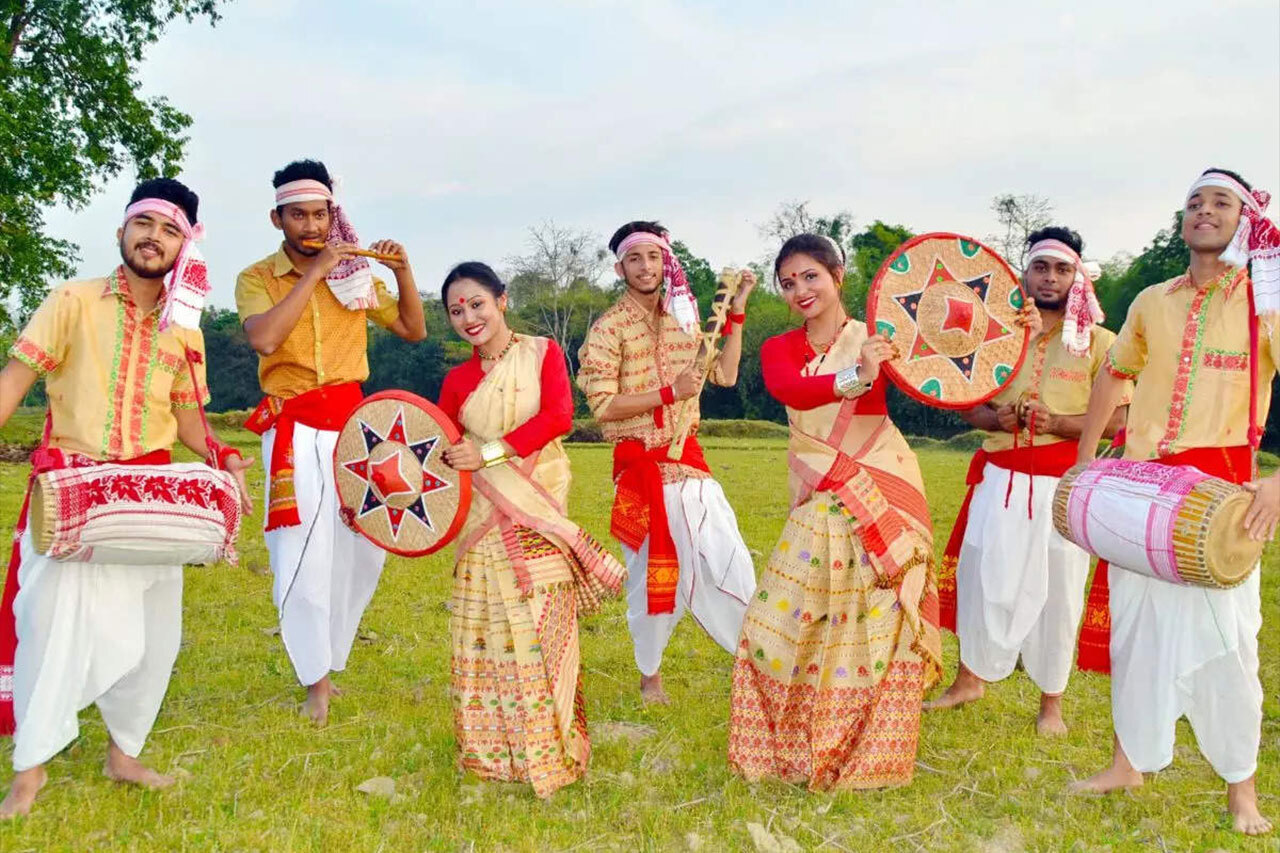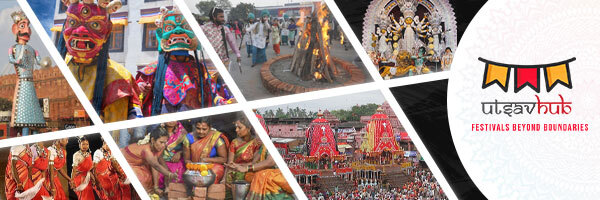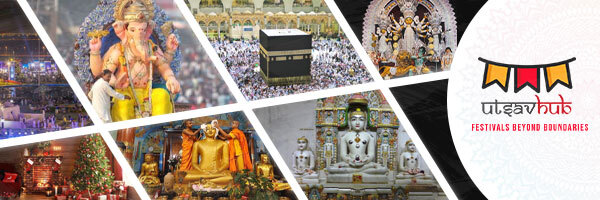
Bihu Festival Traditions Honouring Assamese Culture and Harvest Abundance
- utsavhub.com
- 25 April 2024
- Festival Traditions
- 0 Comments
Bihu, the vibrant festival celebrated with great fervour in the Indian state of Assam, is a celebration of the spirit of harvest, fertility, and cultural heritage. It is a time when the Assamese people come together to rejoice in the bounty of nature and usher in the Assamese New Year with traditional rituals and festivities. In this blog post, we explore the origins, cultural significance, traditional decorations, preparation of traditional delicacies, community gatherings, and cultural performances that define the essence of Bihu celebrations.
Origins and Cultural Significance
Bihu is rooted in agrarian traditions and is closely associated with the cycle of agriculture in Assam. It is celebrated thrice a year – Rongali Bihu (in April), Bhogali Bihu (in January), and Kongali Bihu (in October) – each marking a significant phase of the agricultural calendar. Rongali Bihu, also known as Bohag Bihu, heralds the Assamese New Year and the onset of the spring season. It is a time of renewal, fertility, and rejuvenation, marked by joyous celebrations, folk dances, and music. Bihu holds deep cultural significance for the people of Assam, symbolising unity, abundance, and prosperity.
Traditional Decorations
The festive spirit of Bihu is reflected in the vibrant decorations that adorn homes and public spaces across Assam. Colourful rangoli patterns, known as ‘alpana’ or ‘japi’, are drawn on the floors and walls of houses using rice paste and natural colours. Traditional motifs such as flowers, birds, and animals are intricately depicted in these designs, symbolising fertility, auspiciousness, and abundance. Bamboo and cane are commonly used to create decorative items such as torans (door hangings), baskets, and mats, adding a rustic charm to the ambiance.
Preparation of Traditional Delicacies
Bihu is incomplete without the indulgence in traditional Assamese delicacies that are prepared with care and shared with loved ones. Pitha, a type of rice cake, is a staple during Bihu celebrations and comes in various forms such as til pitha, ghila pitha, and sunga pitha. Laru (coconut laddoos), doi sira (rice pudding), and pitha guri (a mix of rice flour and jaggery) are other popular Bihu treats enjoyed by families and communities. The preparation of these delicacies often involves age-old techniques and recipes passed down through generations, adding a sense of nostalgia and authenticity to the festivities.
Community Gatherings and Cultural Performances
Bihu is a time for community gatherings where people come together to celebrate the joys of the season through music, dance, and cultural performances. Traditional Bihu dances such as Bihu Naas, Bihu Husori, and Jeng Bihu are performed by men and women dressed in colourful traditional attire, accompanied by the melodious tunes of the dhol, pepa, and taal. The air is filled with the rhythmic beats of the drums, the soulful strains of the flutes, and the energetic movements of the dancers, creating an atmosphere of joy and merriment.
In conclusion, Bihu is not just a festival; it is a celebration of life, nature, and the rich cultural heritage of Assam. It brings communities together in a spirit of unity and camaraderie, fostering bonds of friendship and solidarity. As we revel in the festivities of Bihu, let us cherish the traditions, rituals, and customs that bind us together as one Assamese family. May the spirit of Bihu inspire us to embrace the beauty of nature, celebrate the abundance of the harvest, and spread joy and happiness to all. Bihu rongali, rongali, bokul phulor botor bihur mol!






